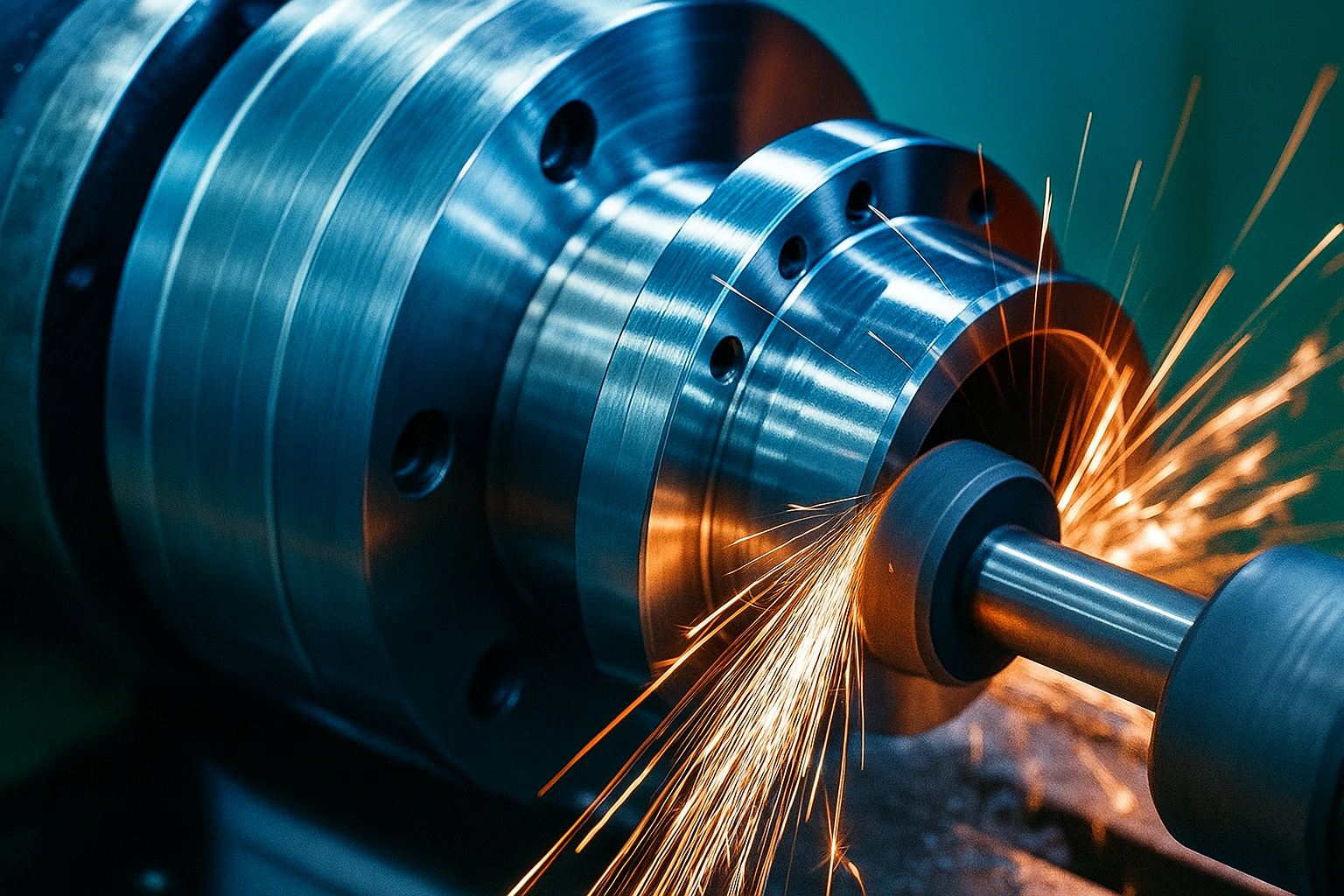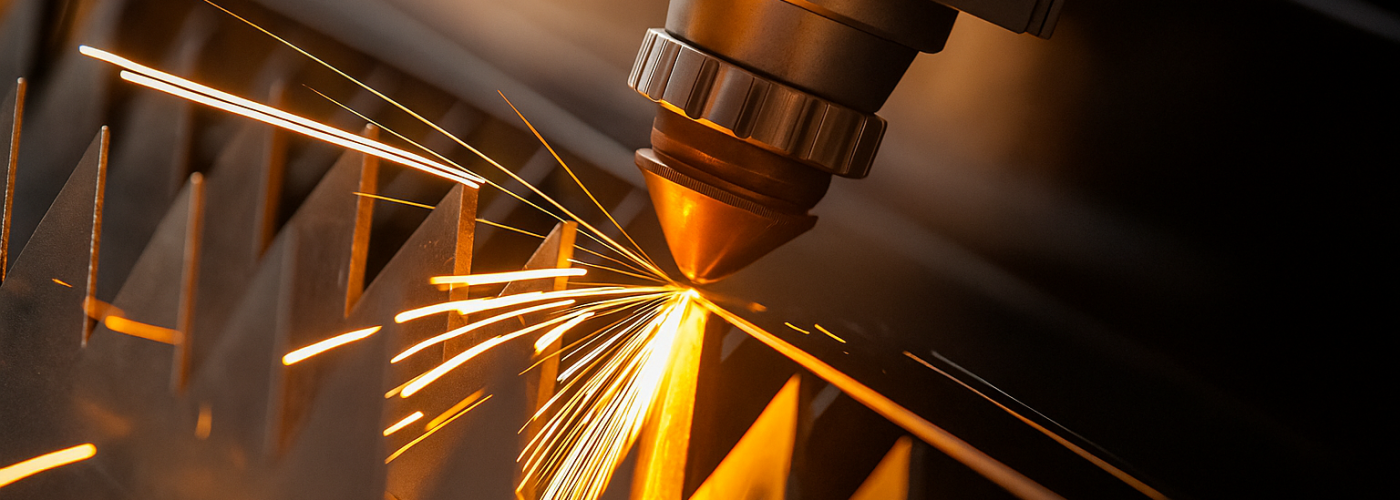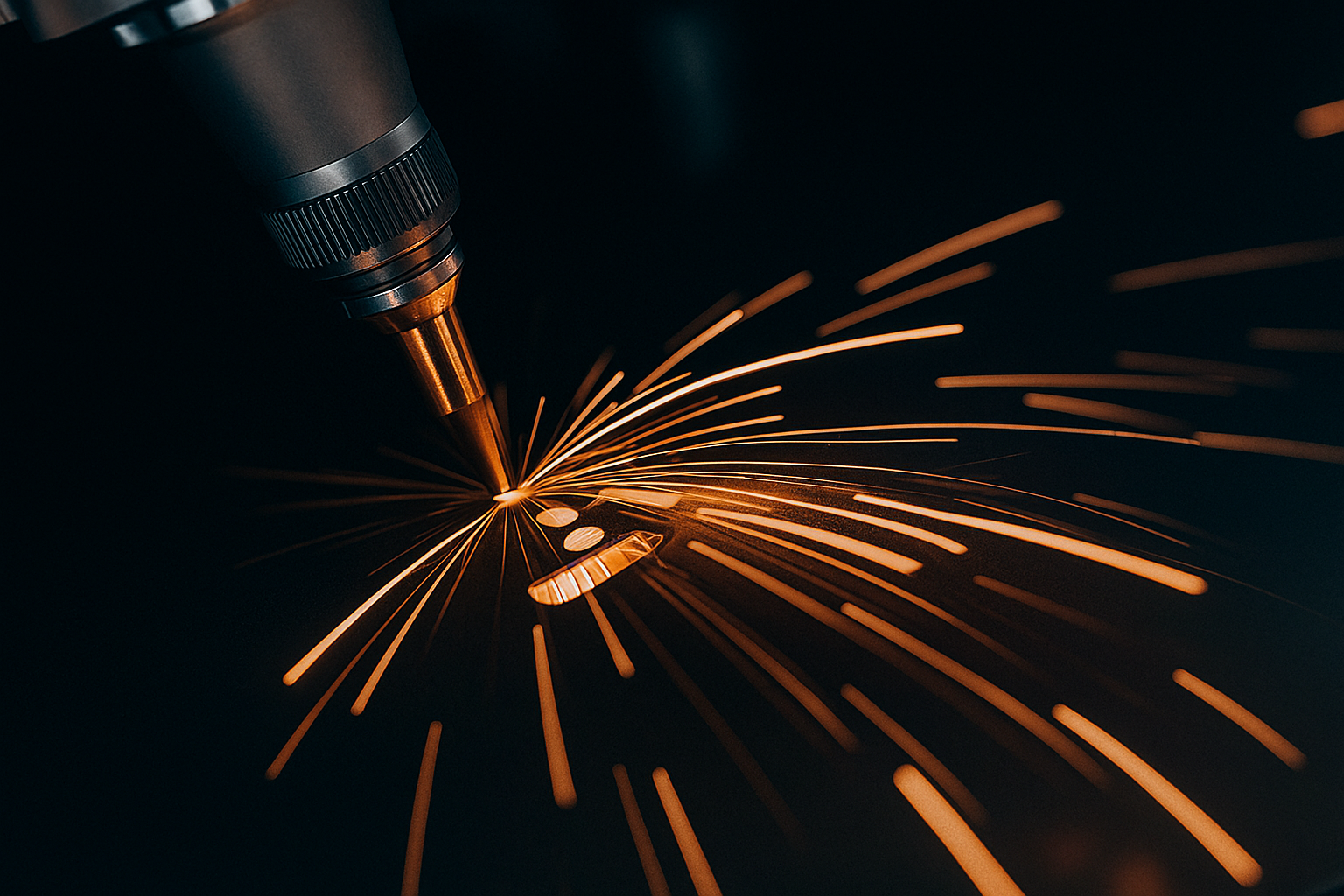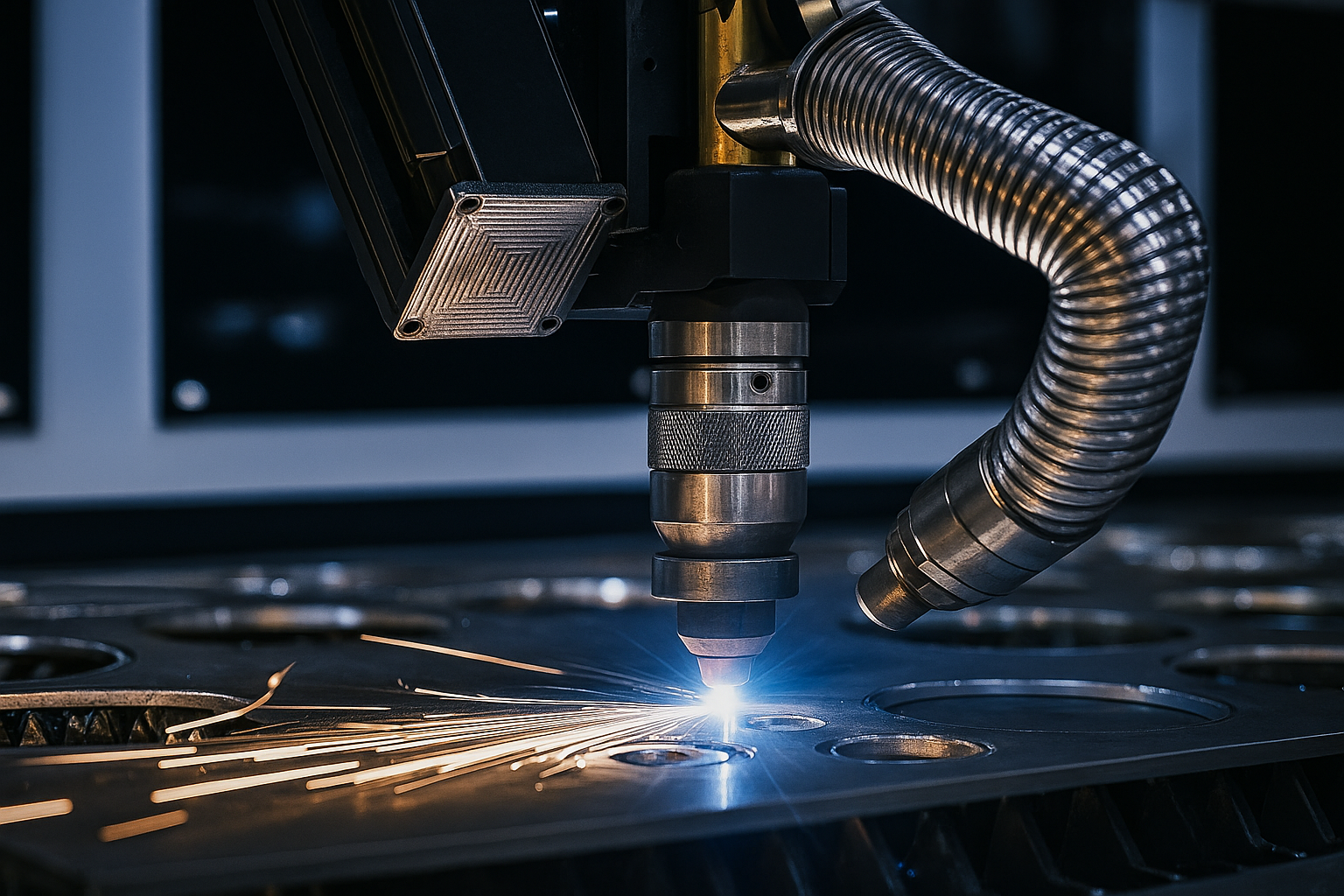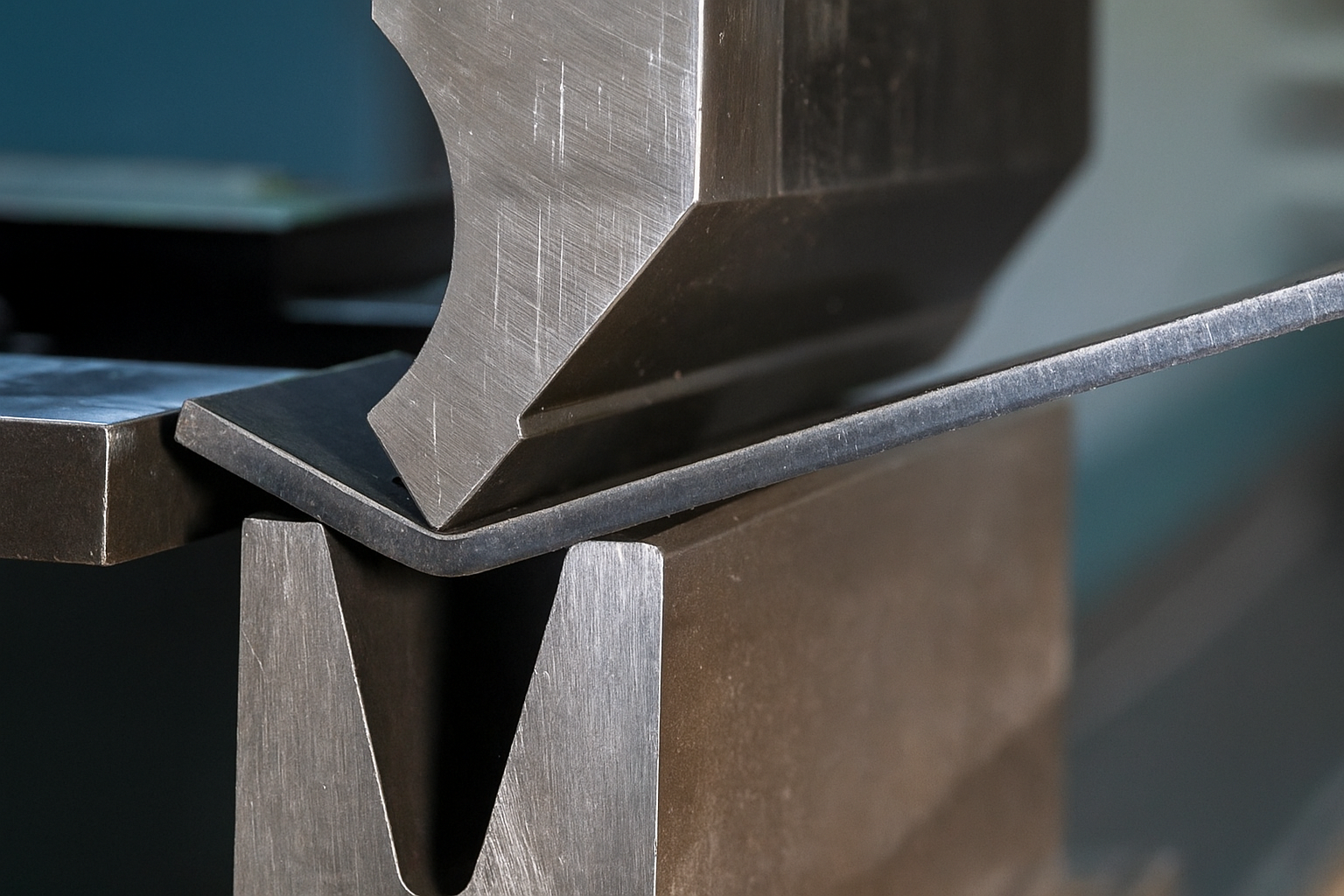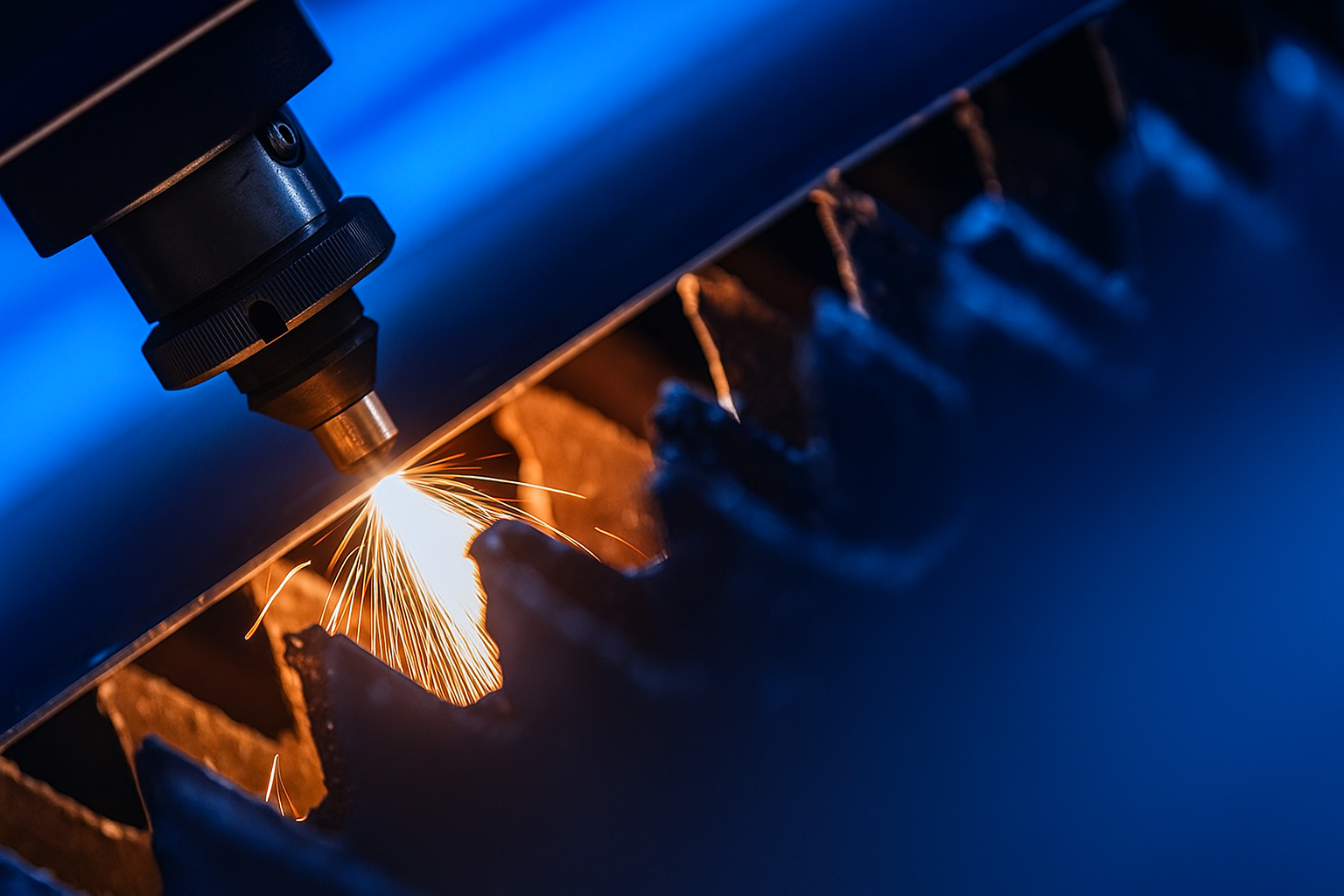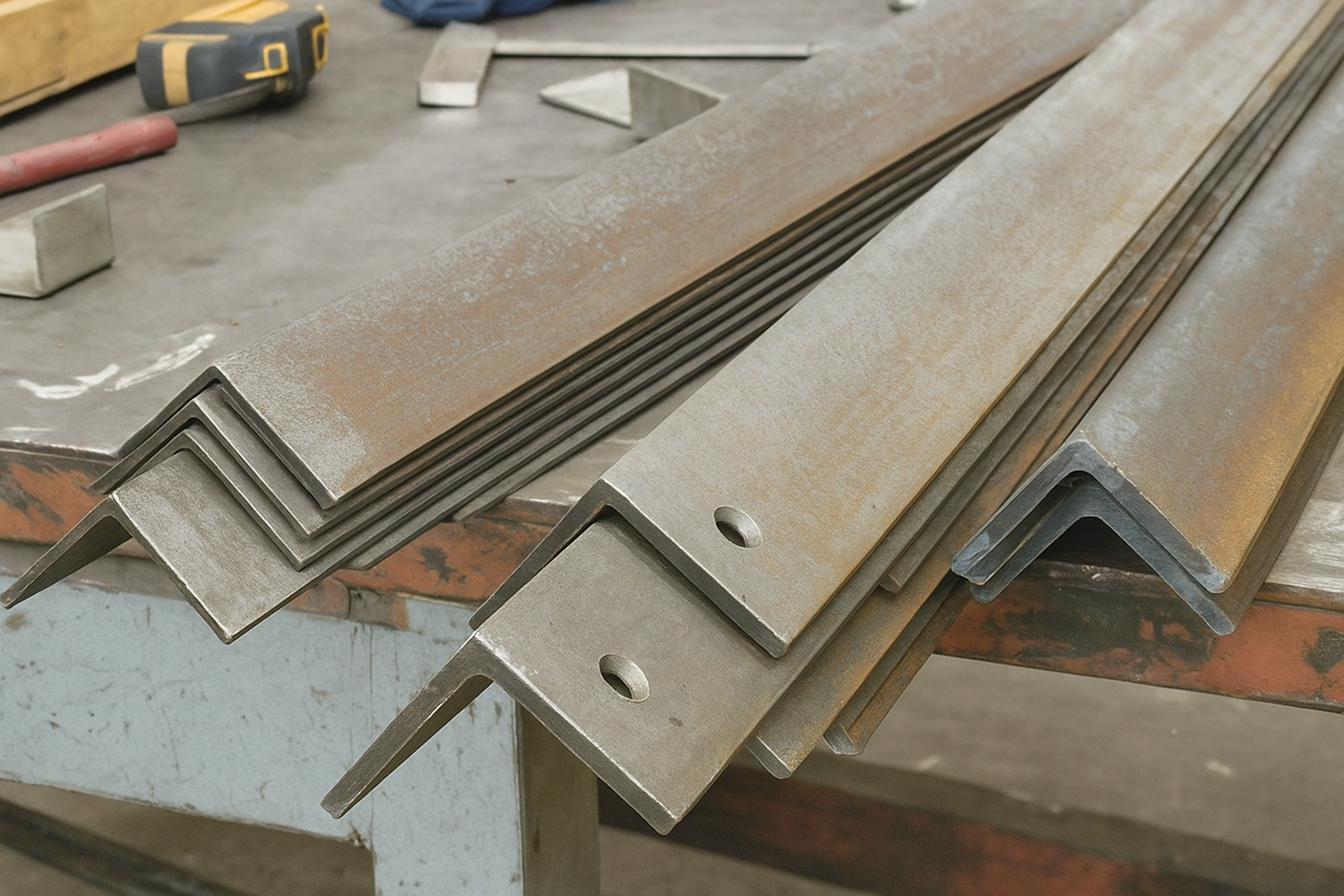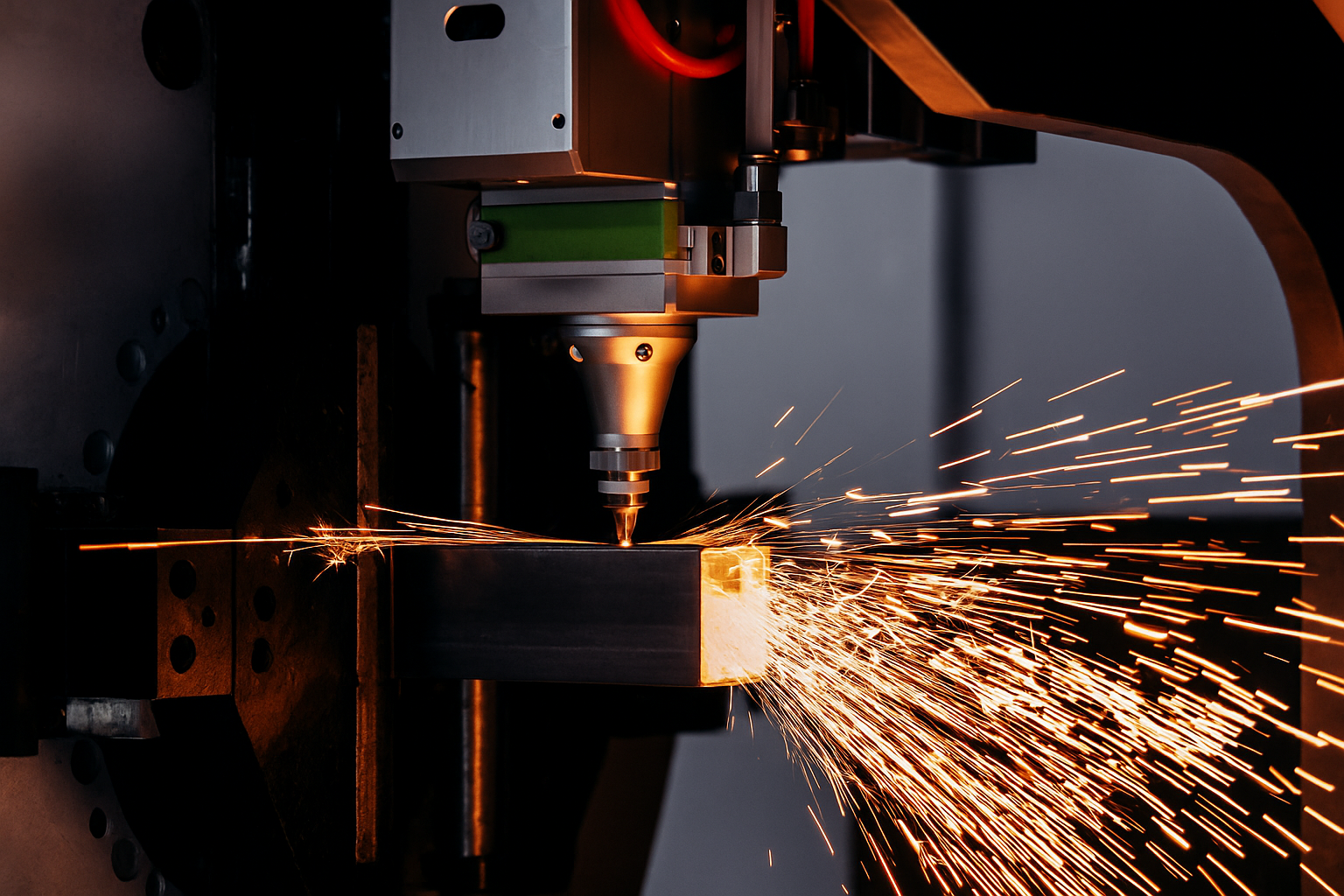Different Common Mild Steel Grades and Their Properties
The following are the different grades and their properties of Mild Steel:
Grade | Tensile Strength | Yield Strength | Key Properties |
1018 | ~440 MPa | ~370 MPa | Versatile, cold-formed, easily weldable |
1020 | ~420 MPa | ~350 MPa | Tough, moderately strong, easily machined |
1045 | ~570 MPa | ~415 MPa | Medium carbon, stronger, heat-treatable |
12L14 | ~440 MPa | ~370 MPa | High-speed machinability, low tool wear |
A36 | ~400–550 MPa | ~250 MPa | General purpose, good weldability, structural use |
EN1A (1215) | ~370 MPa | ~280 MPa | Ideal for CNC turning, ultra-fast machining, and tight tolerances |
4140 | Up to ~655 MPa (treated) | ~415 MPa | Excellent fatigue strength, wear resistance, and impact toughness |

